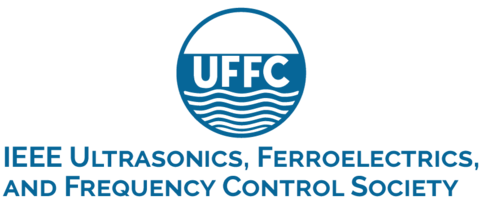Abstract
Advances in the field of high-frequency phonons transduction using semiconductor superlattices give the opportunity to explore the difficult but important frequency range between 0.1 and 1 THz in semiconductors and amorphous materials. High frequency phonon lifetimes are actively studied nowadays in relation to thermal and thermoelectric transports in semiconductors. The knowledge of phonon-phonon interactions in bulk systems is generally inferred from the measurement of macroscopic data such as the thermal conductivity. We are today still lacking precise and detailed information on phonon mean free paths in very used materials such as silicon and gallium arsenide. I will present an experimental study of the attenuation in GaAs, where the dependence of the inverse mean free path has been accurately determined at these frequencies, as a function of the temperature from 4K to 60 - 80K.
We use also the advent of this reliable ultrafast optical technique to explore acoustic modes in glasses. Indeed, Brillouin scattering of light allows to measure velocity and absorption of sound up to frequencies around 100 GHz and coherent inelastic x-ray scattering is limited to frequencies larger than ~ 1 THz. Yet, a rather universal property of glasses is the existence of a large excess of modes, with a maximum density of states near 1 THz, forming the so-called boson peak. The acoustic modes should be strongly affected as their frequency nears the boson peak. The onset of this effect, which is expected to be dominant in the 0.5 to 1 THz range, is observed here for the first time in v-SiO2 as a function of temperature.











